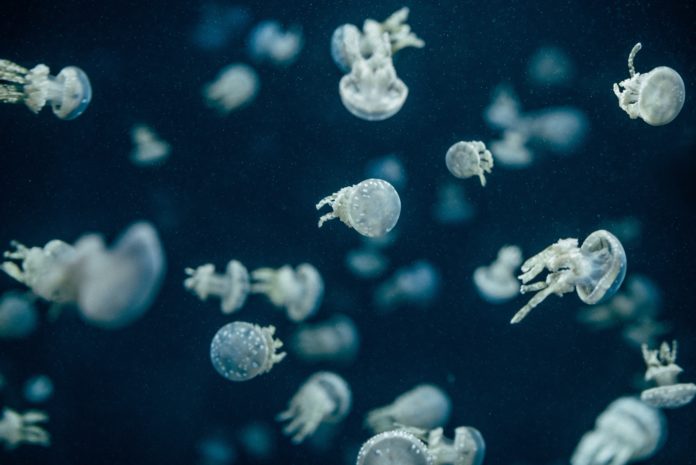It’s been said that, instead of looking above for ways to explore the cosmos, we should be focusing our efforts on trying to know more about what’s literally below us — the ocean.
Roughly around eighty percent of the earth’s ocean remains unmapped and unexplored. That’s a whole lot of area that we don’t know anything about, which means that we still have a lot to learn. But, of course, it’s not as appealing, especially since we can’t exactly look down below and wonder what it’s like out there as opposed to looking up above at night to see the stars and other celestial bodies.
Thanks to this one Russian fisherman though, we at least have some clue regarding the creatures that lie beneath us.
Roman Fedorstov is a fisherman who regularly documents all of the horrifying deep sea creatures he finds during his time out in the sea, and what he’s captured over the years are shocking, to say the least.
Also, in case it needed to be cleared, these aren’t exactly trophy photos.
Fedorstov doesn’t capture nor kills these deep sea animals. He merely captures them by accident while working on his fishing trawler, and after documenting them on his Instagram account, he lets the creatures go back to where they came from.
So far, the internet has yet to identify all the creatures he has caught, which means that, if there’s ever a reason for scientists to focus on exploring the ocean, Fedorstov’s photos should be one of them.
In any case, be sure to scroll down below to see photos of these nightmare-inducing creatures.









